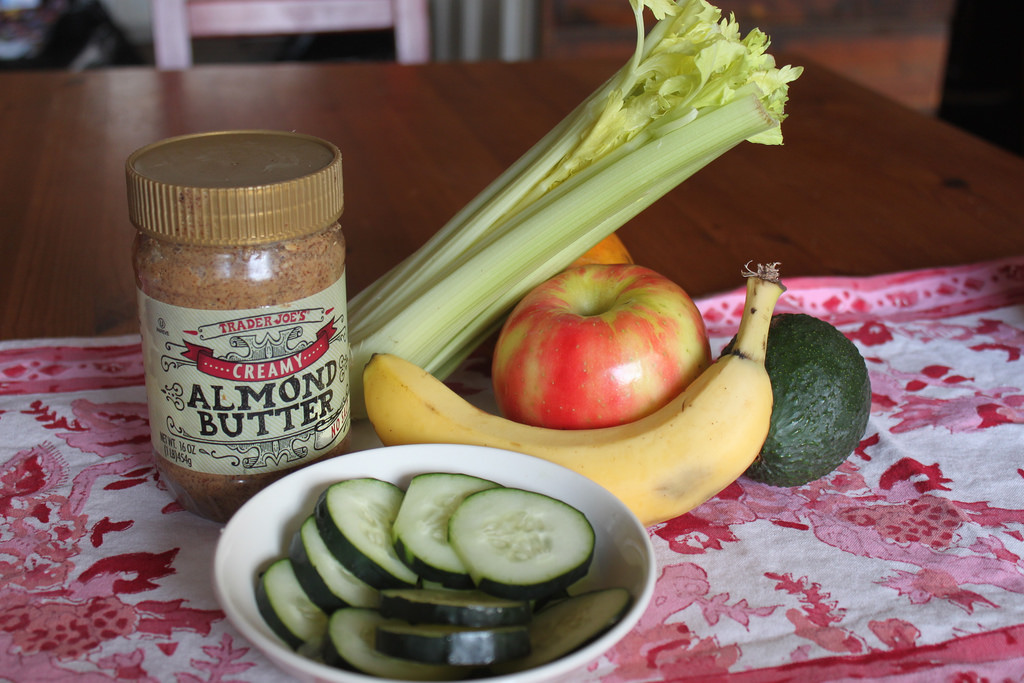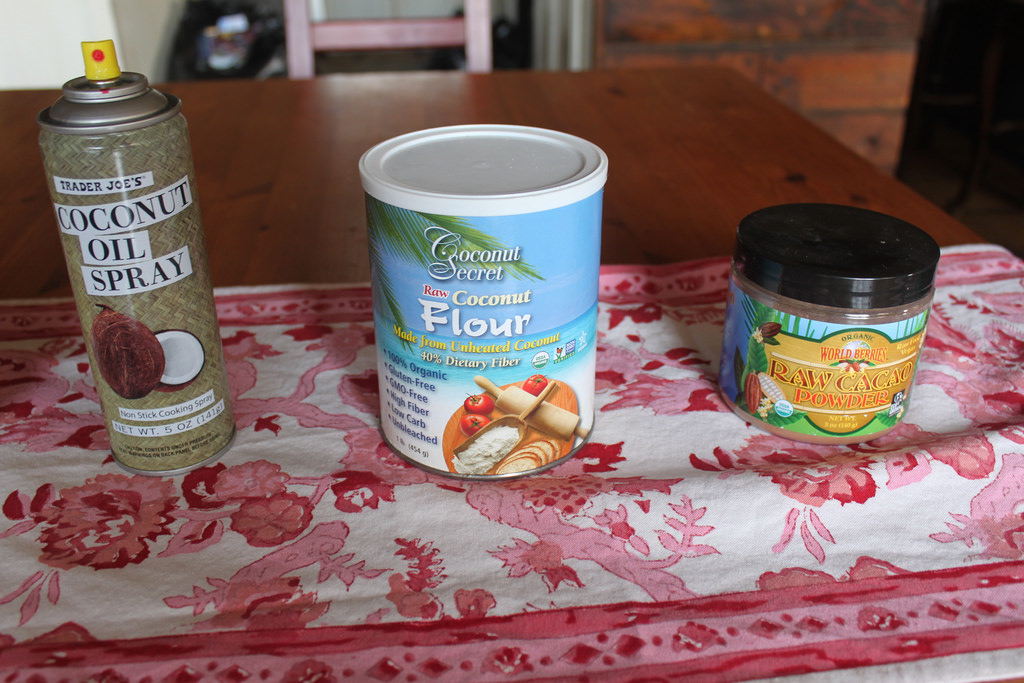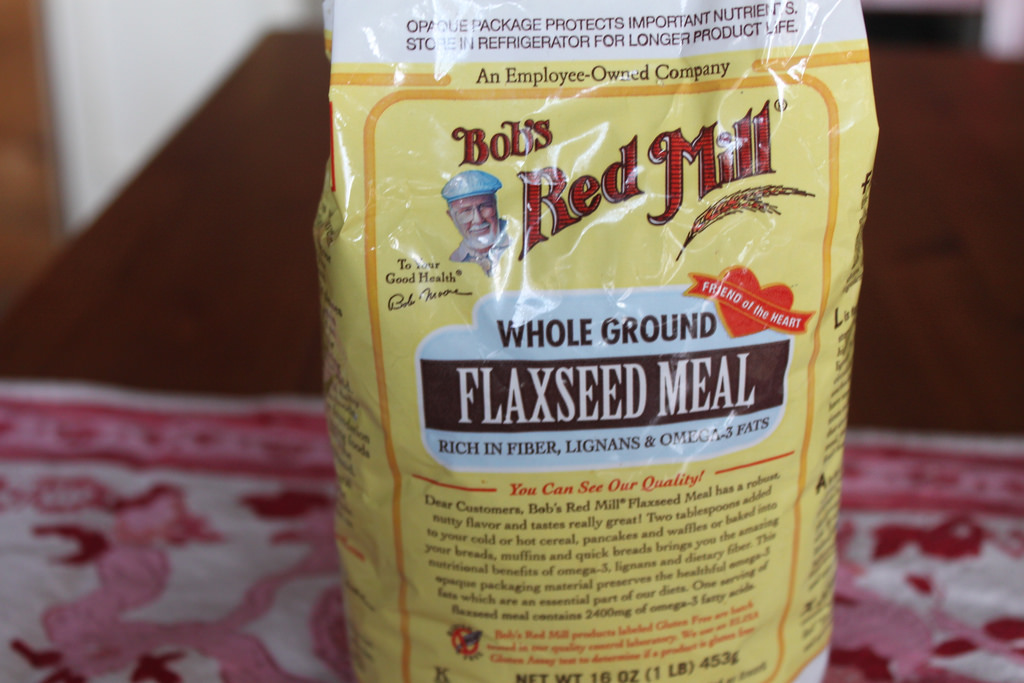What is paleo? The Paleo Diet mimics that of our prehistoric ancestors. Although the word ‘diet’ may sound unappealing, just hear me out. The idea behind going paleo is that as humans, we should eat foods which we are naturally and biologically adapted to consume. Simulating the diet of past hunter-gatherers is believed to have immense health benefits, which I can personally attest to.
Like most students, I have an undeniable problem with fatigue. Sure, nights out roaming the dirty Eug and consuming my more than fair share of Taco Bell and Track Town may have a little something to do with it. I decided to try going paleo over the summer to see if it made a difference in how I felt. The result? Simply amazing. I had more energy and felt much healthier and happier.
But is it possible to try out the paleo diet in a campus setting? Absolutely. Here are some of the basic do’s and don’t’s of going paleo:
DO:
- Eat lots of meat, seafood, and eggs
- Eat fruits and vegetables

Photo by Savannah Carter
- Munch on nuts and seeds
- Use only healthy oils (olive, coconut, flaxseed, etc.)

Photo by Savannah Carter
- Experiment by baking with almond, flaxseed and coconut flour

Photo by Savannah Carter
- Eat almond and sunflower seed butter
DON’T:
- Eat cereal grains or legumes (this includes peanuts)
- Consume dairy
- Eat refined sugars, processed foods or refined vegetable oil
- Eat potatoes (I take this one as more of a suggestion than a rule…French fries are a luxury no caveman would have denied)
Although going full-on Paleo is wonderful, it can also be expensive. However, using the above guidelines as a basis for a cleaner diet is 100% doable! There are hundreds of websites and cookbooks that detail how you can more affordably go paleo. So the next time you are feeling sluggish, consider altering your diet as a solution! Trust me: it’s so easy, a caveman could do it.

